What really happens at airport security – and what the scanners can actually see
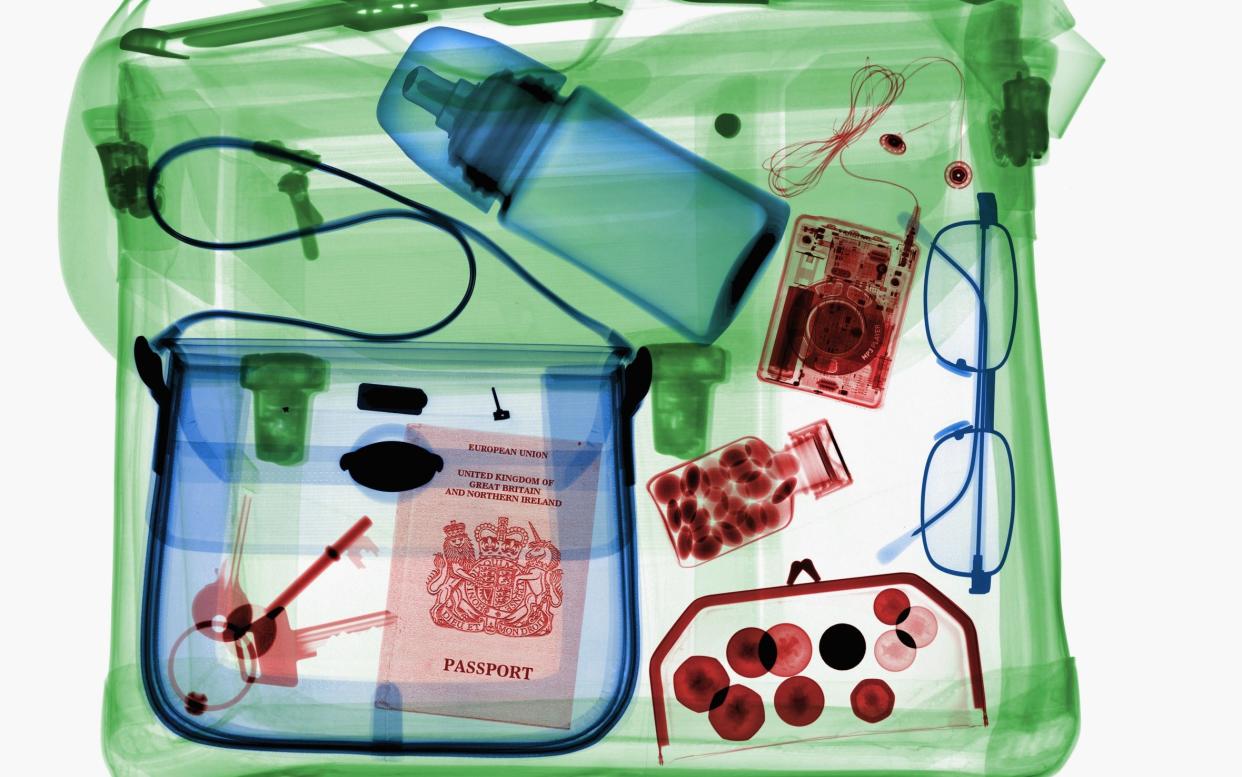
The conveyor-belt security scanners at airports are always a source of irritation. You were gliding through, unhindered, and now you’ve hit a bottleneck: someone has forgotten to put their liquids in a plastic baggie; someone else is extracting eight different electrical devices from their carry-on; and you’re doubtless that, despite expertly preparing the contents of your bag, it’s going to slide right into the to-be-manually searched pile regardless.
But what is it all actually for? How accurate are these scanning machines? And, more importantly, can the security person who sits watching luggage X-rays scroll by on a screen hour after hour really tell what on earth is inside?
The answer is yes – to an alarming degree of detail, and in some cases, even without the aid of technology. Those bright colours your belongings turn when they’re on screen? Each one means something very different and specific. The way that security person is looking you up and down so intently? They’re not just trying to make you worry that you’ve accidentally packed a flick-knife, despite never having actually owned one.
You’d be amazed how many different elements are being scrutinised as you pass through the security channels – or how many strange scenarios the staff are trained to identify and resolve. So as dozens of staff at Birmingham Airport are found to have missed vital training – leading to at least two managers being sacked by contractor Mitie in 2023 – we delve into the complicated world of the airport security scanner, to see what’s really at stake.
Passengers remove all liquids (most airports still enforce the under-100ml rule) and electronics from their hand luggage, and place them in a plastic tray, along with their bags and any bulky outer layers of clothing. You may also have to remove your shoes, though few airports now enforce this.
Your bags move along a conveyor belt and into a scanning machine, where a low level of ionising radiation passes through the luggage and onto the detector on the other side.
The contents of your bag shows on a computer screen, which is monitored by a member of staff trained to read the image. Typically, organic materials appear orange, while glass or metal are blue or green. The denser the material, the darker the colour.
While your bags go through the machine, you’ll walk through a body scanner – usually a metal archway, which emits a beep if it detects any metallic objects. Some airports have more sophisticated apparatus, displaying a full-body image of each passenger on another computer screen, and using automated threat detection functionality to digitally look for possible threats.
If you set off an alert, security personnel will usually initiate a pat-down to check whether you’ve any undisclosed items on your person, and sometimes also a hand-swab to check for residue of explosives or drugs.
Passengers collect their bags from the other end of the scanner conveyor belt. In some cases – for example, if a suspicious or unidentifiable object has shown up on the computer screen – your bag will be placed in a secondary-search queue, meaning that a member of staff will manually check its contents before you can be on your way.
The introduction of X-ray scanners
The X-ray scanner was first used in the 1970s, in response to a spate of plane hijackings (there were more than 40 in the US in 1969 alone). Post-9/11, the intensity of the luggage and body checks increased, as did the number of items banned in the cabin.
Despite developments in technology, the X-ray scanners have largely worked in the same way since their inception. They emit a low level of ionising radiation that passes through luggage and onto the detector on the other side. This, in turn, creates a three-dimensional image of the contents, which is viewed by security operatives.
The modern body scanner works slightly differently, using a millimetre wave system, which appears at the higher end of the radio wave band. Initially, the machines revealed the contours of a passenger’s body in detail; after privacy concerns were raised, they are now usually equipped with software that shows a generic body shape, highlighting potential breaches with a red “stop and check” signal.
A security worker, who spoke to The Telegraph on the condition of anonymity, says that after some time in the role, item identification becomes very simple. “During a full pat, we can distinguish a handkerchief from a mask in a pocket.”
“It’s like moving around the kitchen at night without the lights on.”
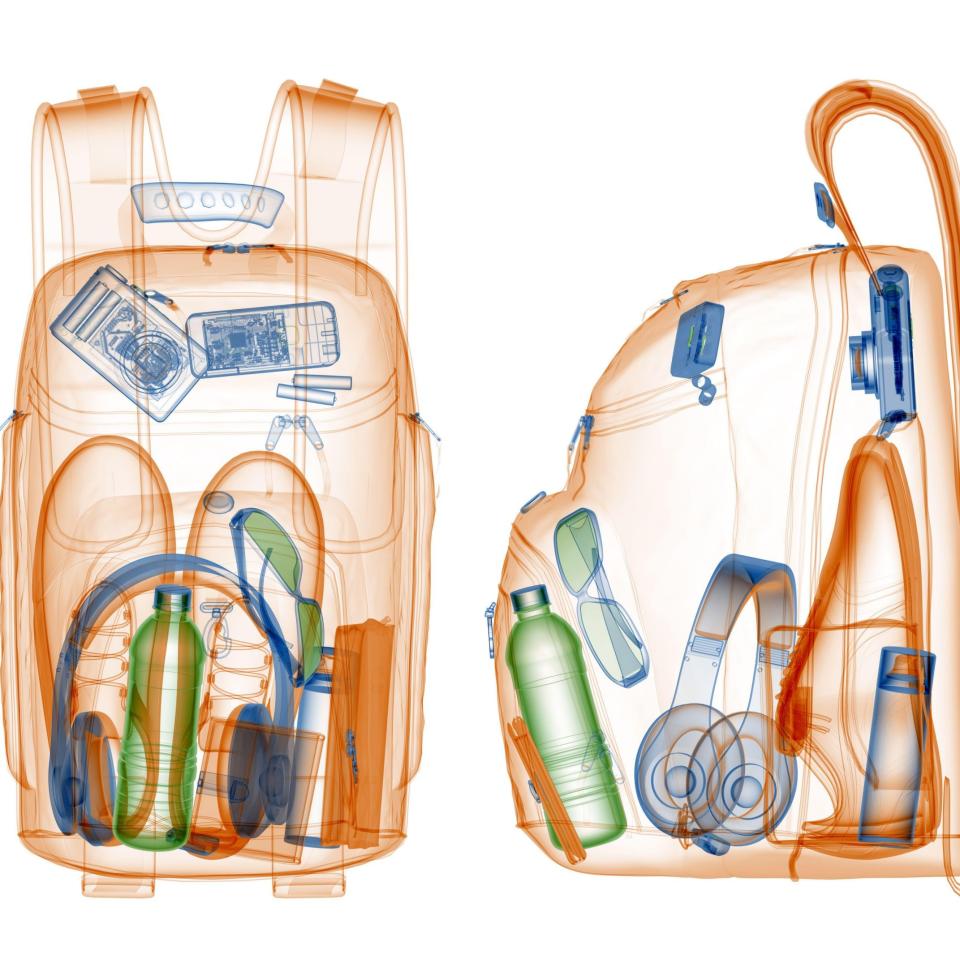
Evolving liquid rules
Some airports, like London City Airport, have started phasing out the 100ml liquid rule in favour of new technology. These improved scanners were slated to be introduced across the UK by 2022; the deadline is now the summer of this year.
While the liquid rules remain, it is unlikely that a bottle of water will get past a seasoned staff member. “There are experienced officers who can tell by sight if the bottle is more than 100ml. They are that good!” The source explains.
Random security checks aside, it does appear that some people are rescanned more than others. A report soon after body scanners became commonplace found that, as a proportion of the UK population, those from ethnic minorities are up to 42 times more likely to be stopped by police at an airport. Reports of racial profiling have continued to plague the industry, with the US’s Transportation Security Administration agents admitting that their scanners might unfairly discriminate.
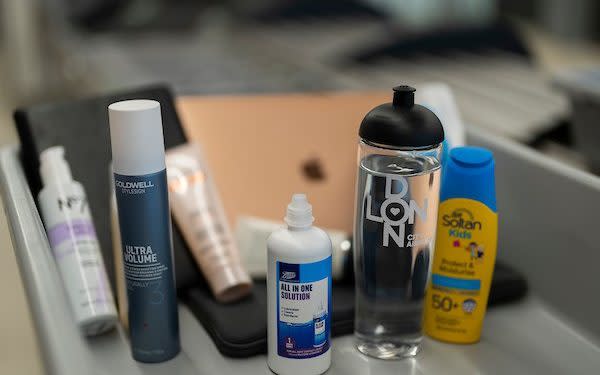
The images on the screen
There are also items that, while entirely legal to take through a scanner, might nevertheless raise an eyebrow when they appear on the scanner screen. The internet is teeming with guides on how to take sex toys in hand luggage (largely cabin-approved, although possibly a problem in countries like the Maldives, the UAE or Saudi Arabia, where they are illegal).
The anonymous security guard recounts seeing a young woman sheepishly attempt to hide an item from him – and her mother – while her bag was searched. It transpired she was attempting to smuggle a tub of lubrication in her hand luggage.
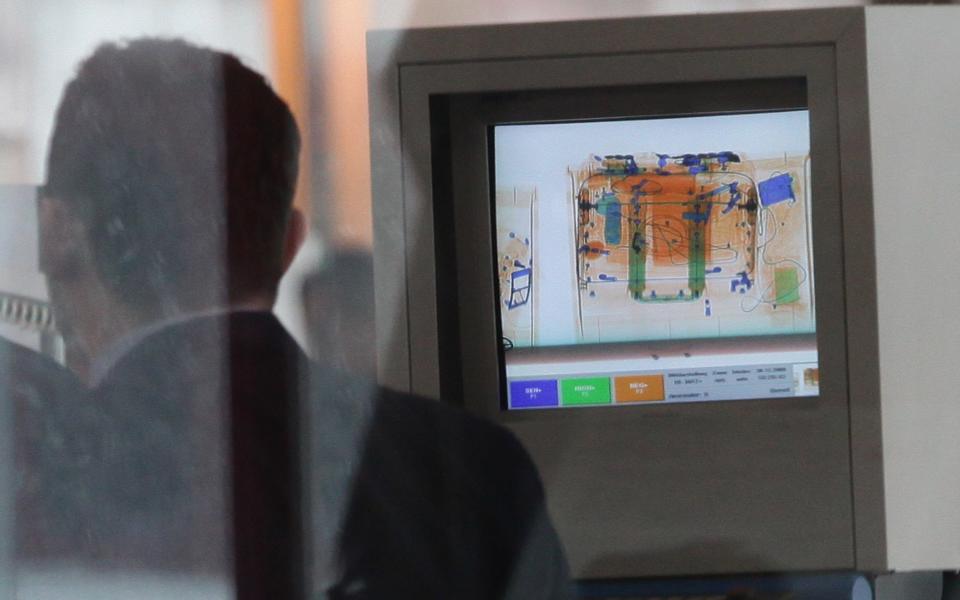
But an airport opens up the possibility for more poignant encounters, too. The security guard says he once saw a man carefully placing an item onto the scanner, asking them to be particularly gentle with it. It transpired the item was an urn, and he was taking a relative’s ashes on their final journey.
He says that as most travellers are now used to the X-ray process, most intimate items are packed in checked luggage. “I have heard of smugglers trying to take exotic animals through security, though,” he admits.
Managing passengers
As for unruly passengers? Airline staff might be drilled in crowd control measures as various as Taekwondo and handcuffing, but a passenger’s first encounter is likely to be with security officers.
Obstinacy is not necessarily a case of having one too many pints in the gate-side bar. Lost documentation, frazzled children and general exhaustion can lead to less-than-pleasant encounters.
“It’s often a difference in language that causes issues,” says the security worker. “I have had people trying to take raw meat through a screening, that they wanted to take on a hiking trip. It’s very hard to explain why they can’t do that when there’s a language barrier.”
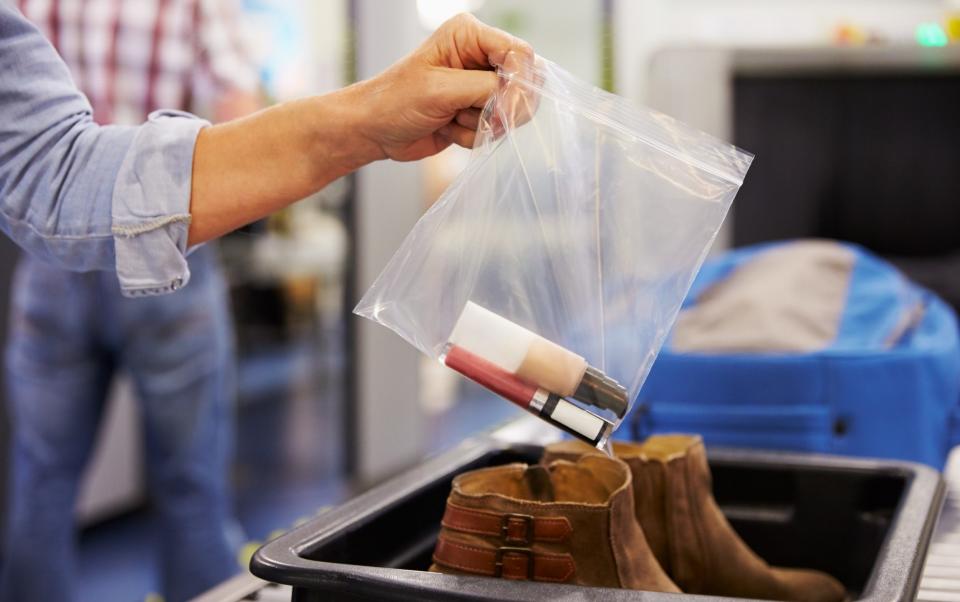
He says that these sorts of scenarios can lead to labyrinthine discussions about what a passenger’s rights are – something that varies across the world, and across airlines. “Airport security raises a lot of ethical questions, particularly when different cultures, religions, political beliefs and ethnicities are coming through daily.”
He is also keen to highlight that while travel is often fraught for those taking a flight, it is equally intense for the security officer.
“Remember: passengers take around 15-30 minutes to pass through security, while the officers are entering their eleventh hour. They miss their family as much as the traveller flying home.”
“Keeping up with the quirks, emotions, expectations, wishes and circumstances of 250 people in under 12 hours? It’s hard.”
The toll of the job
Tired passengers aside, this emotional engagement can sometimes become more extreme.
“My most morbid work day was when a passenger went through the screening, and collapsed later on,” says the security officer. “Emergency services rushed to the scene; the passenger passed on and never boarded the flight nor returned home.”
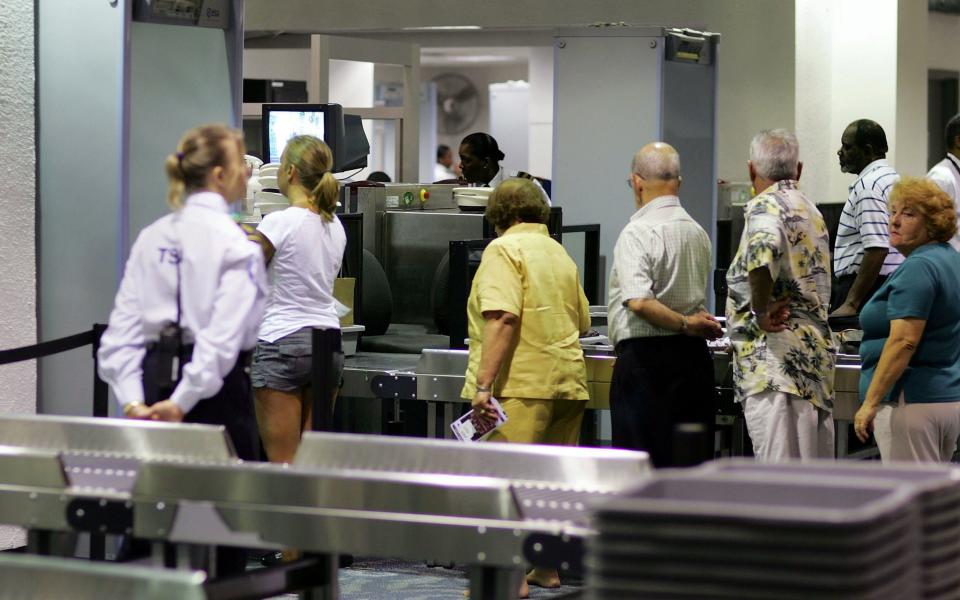
A report in 2019 found that many workers at the Transportation Security Administration in the US were dissatisfied with their job, citing low pay and frustrating conditions, which in turn has led to a retention crisis.
The security officer thinks that this is inevitable given the high stakes of the role. “Any lapses can cost jobs, and that’s even if the lapse itself doesn’t cause any issues,” he says.
The infrastructure exists so that security officers can intercept – and diffuse – potentially criminal situations. Exact numbers on how effective this process is are hard to find, but security breaches are not uncommon.
The security officer refuses to say if this is something he has encountered himself. “I must note though,” he says. “The security officers who discover the breaches were probably never recognised, incentivised, or promoted publicly. It would have just been part of the job.”

